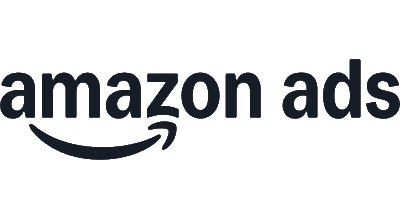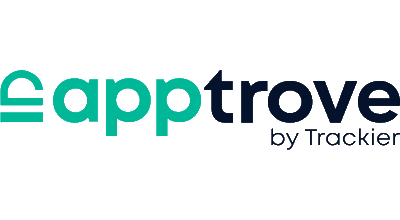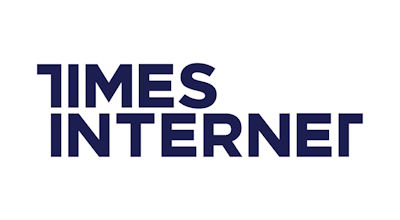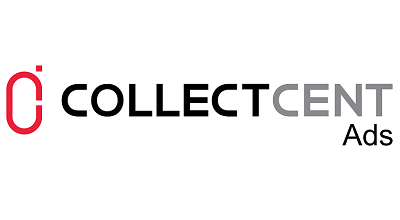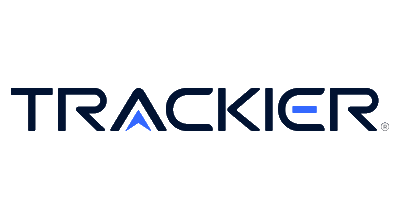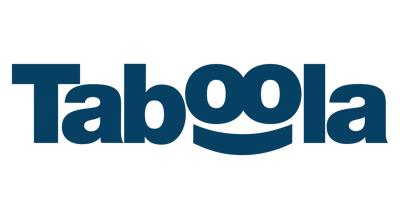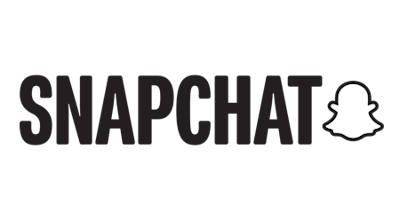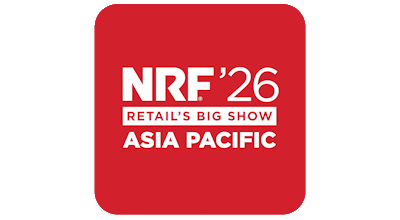YouTube is the largest VIDEO platform in India in terms of content & users. With the OTT revolution on the rise, what are YouTube’s plans for 2019 to stay ahead of the curve?
YouTube’s strength is that we are a video platform for everyone. And in India, YouTube’s combination of strong traditional and endemic creator content has proven to be very successful and appealing to Indian audiences across age groups and languages. We will continue to focus on supporting media partners and endemic creators develop more diverse content on our platform including Originals.
In the era of the light TV viewer, or in some cases the cord cutters, what is the kind of content that YouTube will promote to create engagement?
A recent study by BCG titled, Entertainment Goes Online – Realising the $5 billion Opportunity, revealed that among internet users, 1 in 3 hours of video entertainment content (including TV) is already consumed on digital. The fact is that Indians don’t cut the cord, they add a screen. The study finds that the pie of media consumption itself goes up by 1.5X between internet users to(4 Hours) vs non internet users (2.5 Hours.
YouTube’s strength lies in its community and Indian creators are on a meteoric rise. YouTube’s content is no longer limited to English and Hindi. Tamil, Telugu and other regional Indian languages are enjoying tremendous growth, thanks to a boom in creators and media partners making content in these languages. In 2015, we only had 4 creators with 1M subscribers. Fast forward to now, that number has grown to over 300 channels passing that milestone and we’re adding two more almost every single week. We’re deeply invested in supporting and helping the creator community to continue to thrive and earn revenue on YouTube.
Can you shed some light on the content consumption patterns for video in India, especially in the tier 2 and tier 3 geographies? How should marketers use video as a solution to reach these markets?
In India, online video is now mainstream and accounts for 75% of all mobile traffic. Parallely, a majority of Internet users today are Indian language users and this number is expected to reach 500 million in the next two years. It’s no surprise that video is driving their online engagement and 95% of video consumption is in local languages
In India, YouTube today reaches 245 million unique users per month (ComScore). For advertisers, YouTube has emerged as the platform that offers most engaged users in an attention deficit world. And to enable brands to leverage the full power of YouTube, we launched Google Ads in three Indian languages – Bengali, Tamil and Telugu, with more coming soon.
What are the trends for growth of vernacular content in India? How would you recommend brands create scale in advertising while targeting or using vernacular content?
More than 95% of content on YouTube is non-English. Vernacular content watchtime is growing faster than overall time on YouTube. We see a strong unmet need for regional content. A recent study by BCG titled, Entertainment Goes Online – Realising the $5 billion Opportunity, suggests more than 40% of users want content in their own Language (non-English, Non- Hindi). We see advertising effectiveness increases significantly when you advertise to users in their own language. Given that many regional languages are supported by video platforms, the first thing to do is to use local language advertising for the respective geographies for higher impact. Secondly, there is a vibrant creator ecosystem with huge subscriber base in regional languages that’s ripe for branded content innovation.
Getting Creative in 6 seconds is the new mantra everywhere. Can you recommend some dos and don’ts for brands that are trying to capture attention of the fickle consumer?
In a video first world, users have a choice to skip and that simple truth makes the first six seconds the most premium real estate in video advertising. We have recently launched create.withgoogle.com that captures the best creative practices across our platforms and specifically for video, it has a rich repository of data based insights to increase impact for your ads. Some of the key best practices while using six seconders are 1) Focus on One Thing 2) Do a series of bumpers (we call them flock), they can help build out the story to greater effect 3) Create with an audio in mind. 95% of videos on YouTube is watched with sound on 4) Embrace the capabilities of the platform and leverage the signals that Google uniquely provides to make your bumpers as contextual as possible 5) Let the details shine. Sometimes little things & moments can draw everyone’s attention.
Measurability of branded content, especially videos, is an important KRA for all marketeers. How is YouTube helping them build transparency around ROI from video?
Measurement and demonstrating ROI is a huge priority for the video ecosystem as its central to unlock its fair share of media investments. On the branding side, we have been closely collaborating with our customers viz., advertisers, agencies and partners like Nielsen and Milward Brown to measure video’s ability to deliver on brand lift and sales lift.
Recently, Kantar Milward Brown shared a meta synthesis their 54+ cross media studies over the last three years that prove that video delivers 2.8X more effectiveness than TV. Nielsen India has shared their Media Mix Modelling (MMM) meta synthesis at this year’s YouTube BrandCast, stating that video delivers 24% higher ROI over TV. On the other end of the spectrum and more specific to YouTube, we have launched TrueView for Action ads that drive performance directly from Video which have emerged to be game changers. We have several successful case studies across categories that showcase YouTube’s ability to drive conversions and lead generations at CPA’s that are best in class across mediums.










